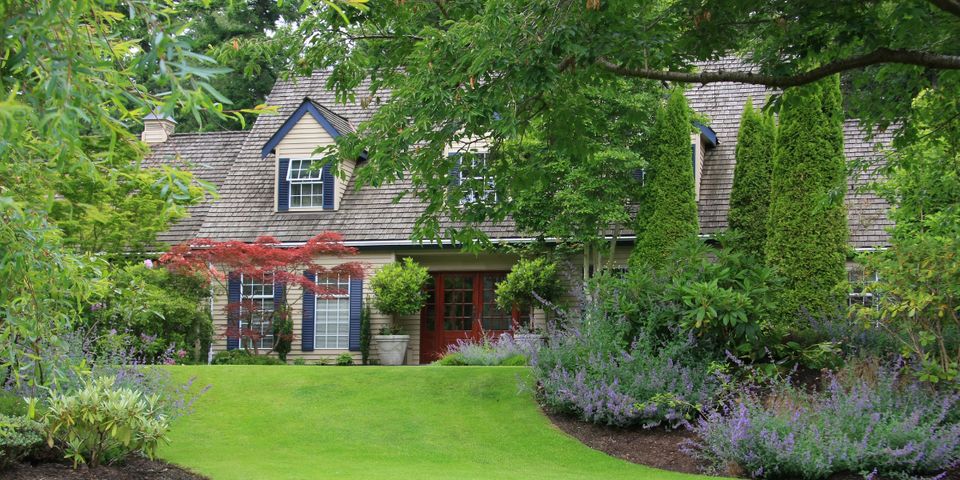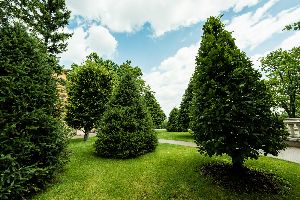
Trees featuring dense and verdant canopies can beautify lawns while providing shade to keep outdoor areas cool. Since they're living creatures, though, they may be vulnerable to structural weaknesses that make them vulnerable to falling and causing damage and injury. Fortunately, when you know the warning signs, you can seek a professional opinion and determine if tree removal is necessary to protect your property and promote safety. Here's what to look for.
How to Tell When a Tree Is in Danger of Falling
1. Death of Large Branches
Trees may develop dead branches as a result of fungal diseases and pests infestations. In most cases, an arborist can prune these branches to promote tree health. However, several larger dead branches may indicate an extensive fungal illness, such as cankers or decay, or a severe pest infestation caused by wood-boring insects.
This illness may lead to the sudden death of the tree, making it more vulnerable to falling. An emergency tree service can perform an inspection of dead limbs to determine whether to provide treatment or removal.
2. Leaning
Trees can develop a slight lean while reaching for sunlight, which provides them with energy for photosynthesis. This type of leaning is normal and typically presents no cause for concern. However, trees may also lean as a result of significant canopy loss on only one side, which puts more weight on the other side and pulls the tree downward.

Leaning can also occur when roots become weak or damaged and can no longer hold the tree upright. Generally, if it leans more than about 15% away from its vertical position, an arborist should remove it to prevent a fall. The ground lifting on the side of the tree opposite the leaning direction is another indication of danger.
3. Trunk Wounds
Following trimming, pruning, or lost limbs during storms, you might notice wounds on the trunk where branches formerly connected to it. In most cases, these seal over and heal.
However, if pathogenic bacteria or fungi enter the wounds, they may become larger and discolored over time. As these harmful microbes spread through inner tissues, they may cause cracks and seams to form in the trunk, weakening the tree's structural base. Since this can lead to falling, an arborist may need to provide tree removal.
4. Root Disease or Damage
Roots can become decayed or rotten as a result of overwatering, which creates a favorable environment for fungal pathogens like armillaria to grow on them. When this happens, you might notice mushrooms on exposed roots or near the bases of trunks.
Additionally, if a contractor excavates land near a tree while installing new pipes or electrical lines on your property, they may accidentally strike, damage, or remove root matter. Diseased or damaged roots can weaken the tree's foundation and present fall risks, which likely makes professional removal the safest choice.
As soon as you notice signs of a tree that might fall, contact Eldridge Arborist & Landscaping. These tree doctors provide emergency services to clients throughout the Oak Ridge, NC, area. Call (336) 423-7133 to have your trees assessed, and visit the website to learn more about how they'll keep your outdoor areas safe, healthy, and attractive.
About the Business
Have a question? Ask the experts!
Send your question

